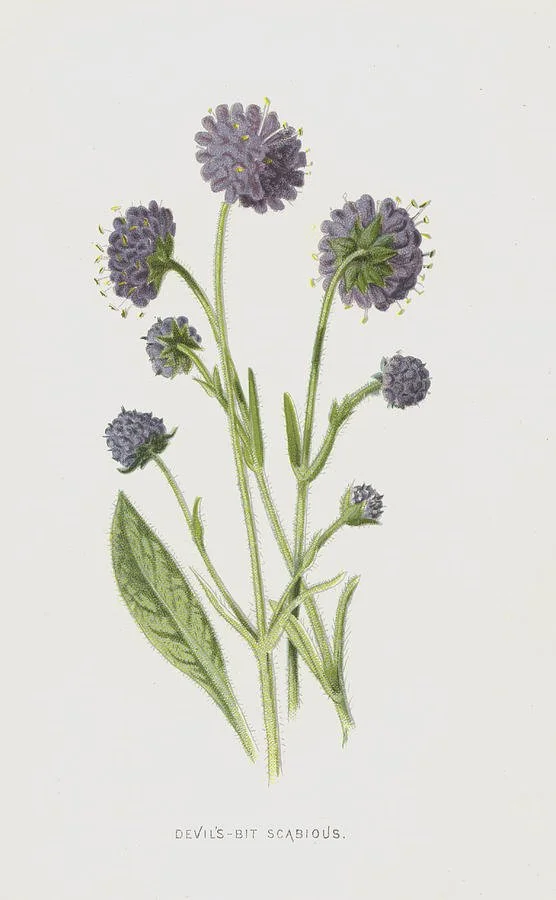Ouse Washes - A Landscape Recovery Project
Collaborating for a Sustainable Future
The Ouse Washes is at the heart of an ambitious landscape recovery project, where natural processes and ecological restoration are prioritised to create a thriving and resilient environment. This initiative is a collaborative effort, with Digg & Co. and Swallowtail leading the design of a comprehensive vision map that brings this project to life.
The project is supported by a dedicated network of partners, including:
SPB
Wildfowl & Wetland Trust (WWT)
Nattergal
Albanwise Farming
Anglian Water
Hanson
National Trust
Wildlife Trust for Bedfordshire, Cambridgeshire & Northamptonshire
Our Shared Goals
The Ouse Washes project focuses on restoring and enhancing a diverse range of habitats, including species-rich grasslands, historic chases, heathlands, wood pastures, floodplain meadows, grazing marshes, reedbeds, ponds, and willow carr. A critical component of the project is the rewetting of peatlands to restore their ecological function, maximise carbon sequestration, and promote sustainable land-use practices such as paludiculture. Wetland enhancements aim to improve water retention, seasonal flooding, and floodwater attenuation while creating vital breeding and feeding habitats for waders, wildfowl, and other key species. Alongside these efforts, regenerative agriculture and sustainable grazing practices are being integrated to complement restored landscapes. Community engagement is also a cornerstone of the initiative, with plans for a new visitor center to share the importance of wetlands and higher land conservation while highlighting the role of nature-based solutions in addressing climate change and biodiversity loss.
Target Species: Protecting a Diverse Ecosystem
The Ouse Washes project is dedicated to creating and restoring habitats that support a wide variety of wetlands and higher land species. Among the wetland species, iconic birds such as cranes, curlews, and skylarks are key beneficiaries, alongside mammals like otters and insects such as the rare marsh fritillary butterfly. Native plants, including great burnet, devil’s-bit scabious, and common spotted orchids, play a vital role in enriching the landscape. In addition, features such as willow carr and grazing water buffalo are integral to maintaining diverse wetland ecosystems. On higher ground, restored habitats will benefit species like barn owls, woodcocks, and skylarks, as well as dormice and grazing cattle, which help sustain grassland and wood pasture biodiversity. Flourishing plant life, from poppies in species-rich meadows to ancient oak trees and mixed woodlands of oak, beech, and conifers, will further enhance the ecological balance. Together, these efforts ensure a resilient and thriving ecosystem across the project area.
Designing the Proposed Vision Map
Digg & Co. and Swallowtail have crafted a dynamic proposed vision map (see above) that reflects the core objectives of this landscape recovery project. The map serves as a blueprint for ecological restoration, integrating:
Floodplain Dynamics: Ensuring water movement and retention align with natural processes.
Habitat Connectivity: Linking restored areas to create a cohesive and biodiverse ecosystem.
Sustainable Land Use: Designing spaces that balance agricultural productivity with ecological health.
This vision map is not merely a plan but a commitment to a brighter, more sustainable future for the Ouse Washes. It highlights how traditional land management can be combined with modern conservation techniques to address the challenges posed by climate change and biodiversity loss.
A Model for Landscape Recovery
The Ouse Washes project, powered by the partnership between Digg & Co., Swallowtail, and our esteemed collaborators, represents a model for landscape recovery in the UK by focusing on nature-based solutions and involving local communities, this project aims to deliver long-term ecological, social, and economic benefits.
Together, we are transforming the Ouse Washes into a landscape that will thrive for generations to come, embodying a vision of regeneration, resilience, and renewed connection with the natural world.
Examples of Target Species








